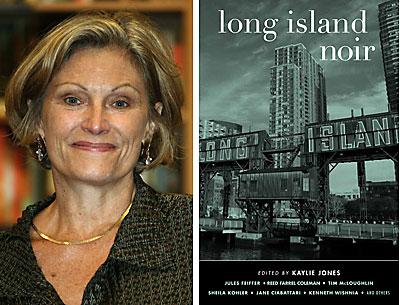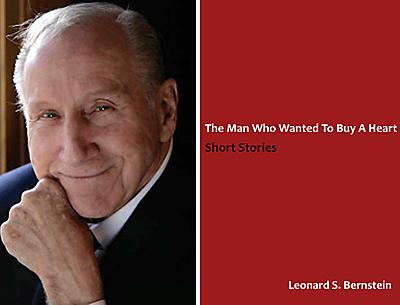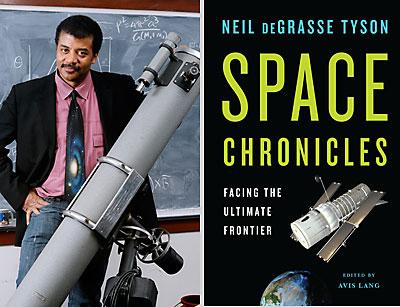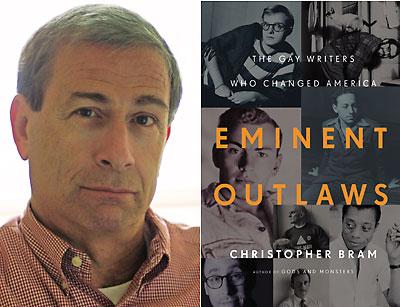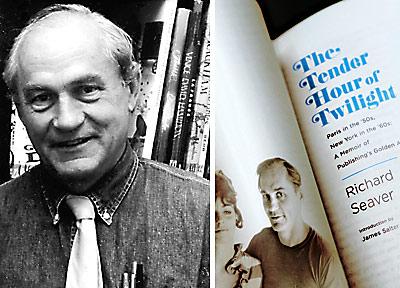Book Markers 05.10.12
Book Markers 05.10.12
Orion Award for Safina
“The View From Lazy Point: A Natural Year in an Unnatural World” by Carl Safina won the 2012 Orion Book Award last week. The award recognizes “the book’s success in addressing the human relationship with the natural world in a fresh, thought-provoking, and engaging manner,” according to a release from Orion, an environmental, literary, and cultural magazine out of Great Barrington, Mass.
Mr. Safina, who lives on Napeague, is president and co-founder of the Blue Ocean Institute in Cold Spring Harbor. His previous books include “Song for the Blue Ocean” and “A Sea in Flames: The Deepwater Horizon Blowout.” Among the finalists were “Swamplandia!” by Karen Russell and “Fire Season” by Philip Connors.
The Mom Egg Rolls In
Poetry fans, mothers, and those attuned to that holiday on Sunday that you’d best not neglect, take note: The new issue of a literary journal called The Mom Egg is not only out, it features the poetry of Kathy Engel — Sagaponacker, N.Y.U. professor, Hayground School founder.
In addition to poems, The Mom Egg features fiction, creative nonfiction, and art by mothers and about motherhood. This particular issue focuses on the body, from image to sexuality to matters of reproduction.

